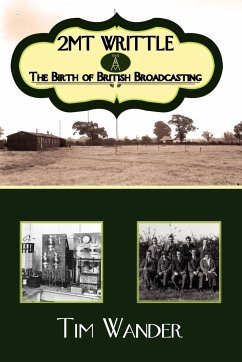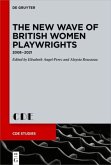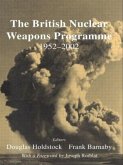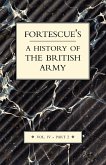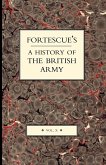This book charts the struggle to achieve a national radio broadcasting service in Britain after World War 1. It starts with young wireless engineers struggling to develop radio systems capable of transmitting speech to aircraft during the war. It then follows those same engineers for the next five years, and details their early experimental broadcasts from the Marconi New Street works that included the famous 1920 broadcast by Dame Nellie Melba. The Marconi engineers then created the 2MT Writtle station. Its sparkling success led the same engineers to design and then build the BBC, starting in 1923. This then is the story of those amazing times. It is aimed at a wide readership, not just lovers of historic or technical tomes. The book does include separate technical/historical appendices on the Writtle, Chelmsford and 2LO transmitters, the Dutch station PCGG, Belgian station OTL and even the village of Writtle itself. The book also looks at the work of many early pioneers who tried to make broadcasting happen even sooner, including Grindell Matthews, Mahlon Loomis, Reginald Fessenden and David Hughes. It includes an overview of the explosion in radio broadcasting in America along with a detailed Glossary and Appendices on all aspects of the new science of radio. With over 200 photographs, it draws on over 25 years of research and includes much previously unpublished archive material.
Hinweis: Dieser Artikel kann nur an eine deutsche Lieferadresse ausgeliefert werden.
Hinweis: Dieser Artikel kann nur an eine deutsche Lieferadresse ausgeliefert werden.

